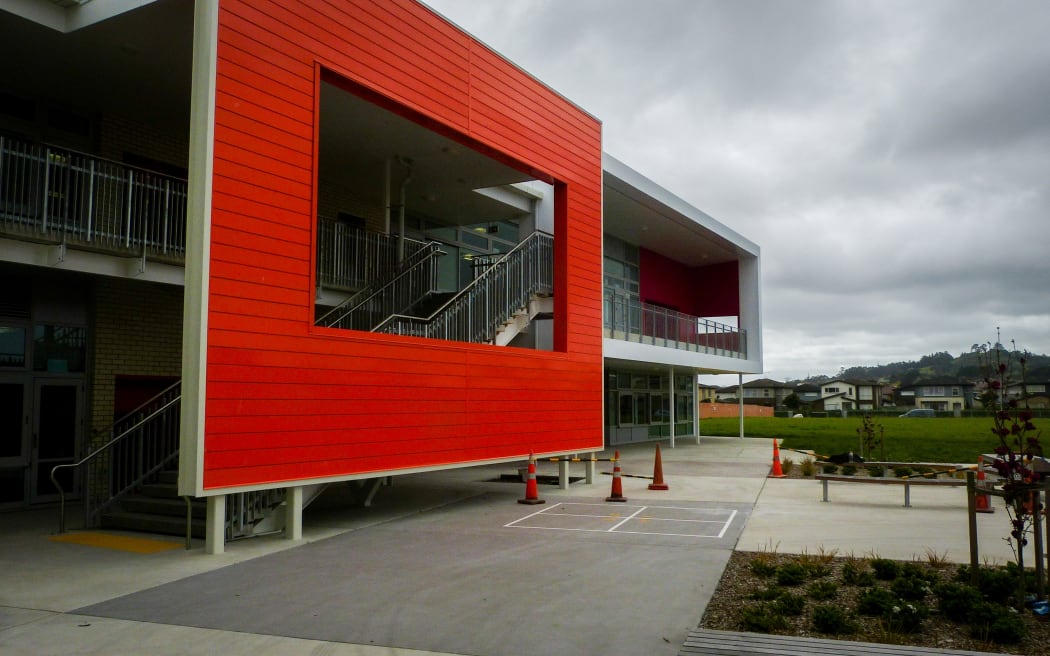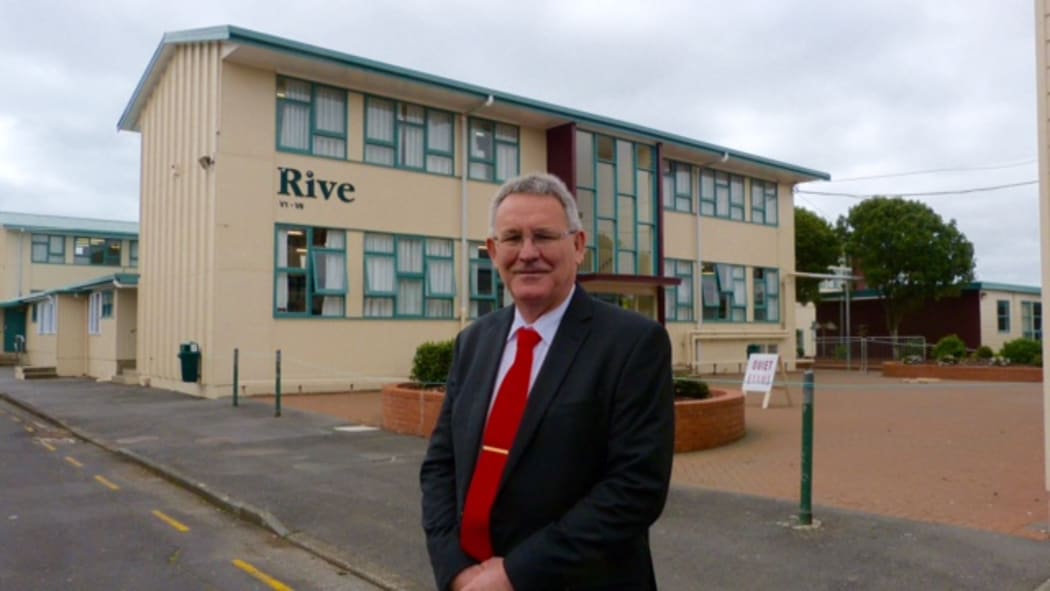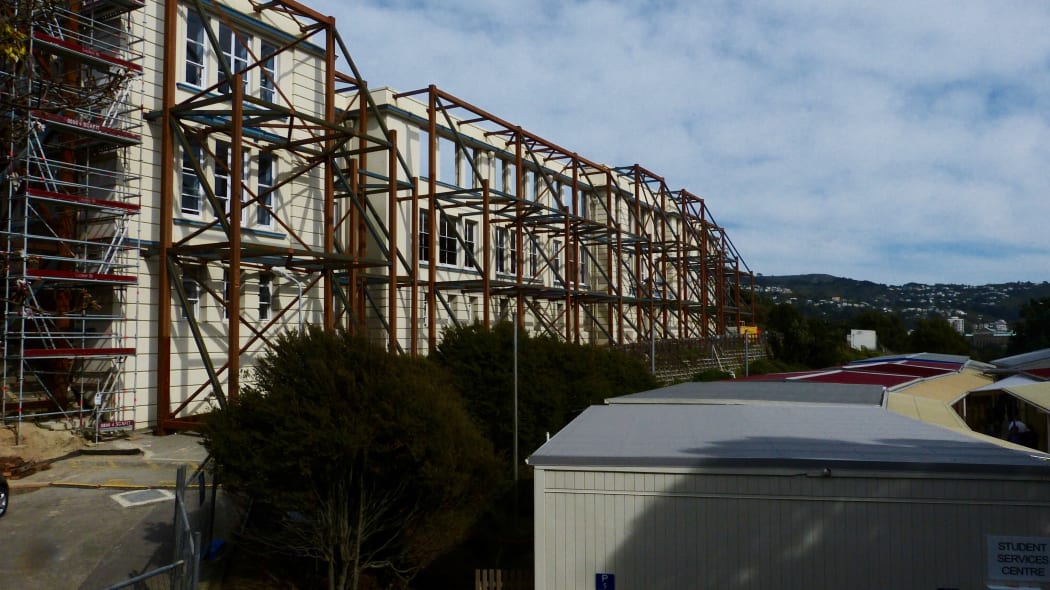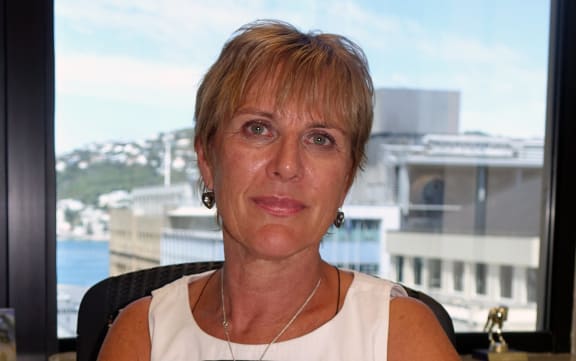School principals say the nation's classrooms are starting to creak under the strain of major property problems.
A national assessment shows the $11 billion school property portfolio is in worse condition than previously thought. Sixty-eight percent of schools are between 30 and 100 years old, and most are over 50 years old - meaning they have high maintenance costs and some need complete replacement.
Listen to Insight - School Buildings: The Perfect Storm
To make matters worse, there are not enough of those buildings - or not enough in the right places. The school-age population is growing, and it needs $1.3 billion in new school buildings over the next decade.
Most of that will be in Auckland. In other areas, there are falling populations and the Ministry of Education says if it doesn't intervene there will be more under-used classrooms.

One of eight new schools built in Flat Bush, Auckland in the past eight years. Photo: RNZ/John Gerritsen
On top of that are other expensive challenges. The rebuild and reorganisation of Christchurch schools will cost more than $1 billion (though much of that has been covered by insurance), fixing leaky schools will cost $1.3 billion, and earthquake strengthening is costing tens of millions of dollars.
All that, just a few years after an independent report recommended removing responsibility for property from the ministry and setting up a new entity to do the job.
Mike Williams is the principal of Pakuranga College and on the executive of the Secondary Principals' Association.
He said the government was facing serious problems.
"It's huge, it's the perfect storm-type scenario," he said. "The buildings are all aging, should be replaced, but then we had Christchurch, the changes to all the building regulations, then we had big roll growth and a lot of schools being built which resulted in all our leaky building problems - bang, they're all hitting us right here and now. The money's just not going to go around."

Pakuranga College principal Mike Williams: "This investment has to be done properly." Photo: RNZ Insight/John Gerritsen
The ministry's infrastructure division has been improved and it is spending $850 million on school property this year, up from $450 million three years ago.
Its head, Kim Shannon, said the ministry was providing schools with more support than in the past, and this year alone it was helping one in four schools with major property projects.
She said the convergence of different problems was an opportunity, not a crisis.
"Instead of looking at the property portfolio and saying there's a weather-tightness issue here, there's a roll growth over here and the schools have got this investment plan, we've said to schools 'why don't we sit down and look at all of the issues at your school'.
"Instead of being piecemeal, we've been able to take an integrated approach and I think that's better for the school and better for managing that asset over the long-term."
But principals say there is clearly not enough money to go around.

Steel beams support a facade at Wellington East Girls College. The ministry is assessing the quake-resistance of 2000 potentially-risky school buildings nationwide. Photo: RNZ/John Gerritsen
They believe schools are paying for things that in the past the ministry would have covered, such as earthquake strengthening. They also think the ministry is making them refurbish buildings that should be demolished, and some schools are complaining about long delays in starting their work.

Principals Federation president, Denise Torrey Photo: RNZ / John Gerritsen
Principals' Federation president Denise Torrey said the organisation had written to the Ministry of Education about its concerns.
"We're seeing schools who are about to go into building often having their projects delayed and not really knowing the reason why," she said.
"Once you've got your piece of money, trying to build what you need to build for that piece of money is often difficult. For instance, we're all being encouraged to go into flexible learning environments and often what people are wanting and what their money can buy are two different things."
But Associate Minister of Education Nikki Kaye said there was no penny-pinching and the government and ministry had clear systems for deciding which schools gpt help and how much.
"We've got a programme that looks at very clear criteria and it's very important schools understand that because it cuts to the heart of the system in terms of absolute fairness," she said.
"We look at the condition of property assessment, we look at leaky buildings, we look at structural issues and we have a whole lot of existing funds that help schools plan for the future."
Ms Kaye said the government was not only fixing buildings but ensuring the overall standard was higher, and introducing systems to ensure they did not fall into disrepair.
But Ms Torrey doubted the sums of money the government had allocated would be enough.
"They've got a certain amount of money. They have assured us they're spending more money than they've ever spent before on property and I believe that, but the needs of the sector are growing.
"When you put out there that children learn better in flexible learning environments, people want flexible learning environments. That takes money."
At Pakuranga College, Mike Williams said the government and the ministry had to get it right.
"It's critical. It's the fundamental investment the government makes is in young people. That's the future. So this investment has to be done properly."

